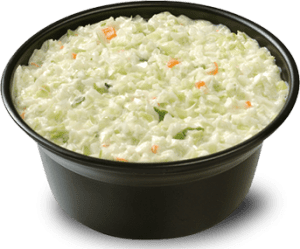

…in one study it was found that cabbage purchased from 5 different supermarkets in the Washington D.C. area were all contaminated with baculoviruses to such an extent that each serving (about 100 cm2 of leaf material) would contain up to 108 polyhedra of an NPV pathogenic for the cabbage looper, Trichoplusia ni!
We ingest many other non-animal viruses regularly with foods. In TWiV #79, Red hot chili viruses, we discussed the finding of pepper mild mottle virus, one of the major pathogens of chili peppers, in human feces as well as in pepper or spice-containing food products. Metagenomic analysis of the RNA viruses present in human feces revealed that most viral sequences are similar to plant viruses. Of 36,769 sequences obtained, 25,040 (91%) resembled plant viruses. In this study, the most abundant human fecal virus was pepper mild mottle virus, present in concentrations of up to 109 virions per gram of dry fecal matter.
The plant (and perhaps insect) viruses that we ingest on a regular basis do not appear to replicate or cause disease in humans. Might they play important roles in development of the immune system, as do the commensal bacteria in our gut?
Zhang, T., Breitbart, M., Lee, W., Run, J., Wei, C., Soh, S., Hibberd, M., Liu, E., Rohwer, F., & Ruan, Y. (2006). RNA Viral Community in Human Feces: Prevalence of Plant Pathogenic Viruses PLoS Biology, 4 (1) DOI: 10.1371/journal.pbio.0040003

When Dr. Nathan Wolfe was recently on “The Colbert Report” he agreed with Colbert that there are viruses in yogurt. My initial reaction was, “There aren’t viruses, there are bacteria!”, but I guess there are almost certainly both. I still feel like it would be confusing to many viewers.